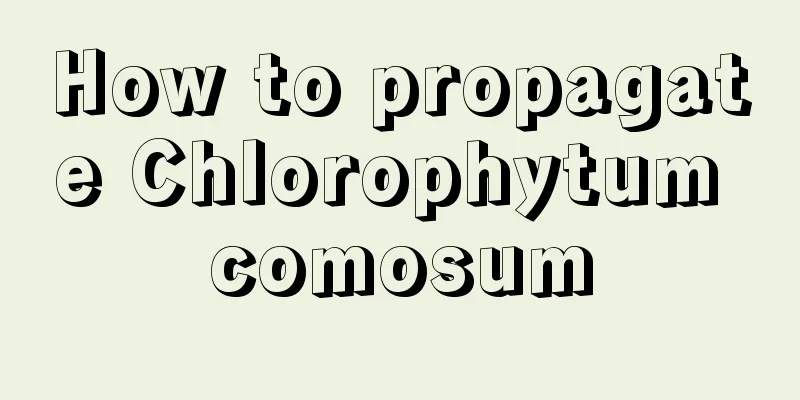Astilbe cultivation methods and precautions

How to cultivate AstilbesoilTo cultivate Astilbe, you need to choose suitable soil. Generally, loose, fertile, well-drained sandy soil is preferred. Some organic fertilizer can be added to the soil to meet the various elements needed for the growth of Astilbe. The soil should not be too poor. Light and temperatureAstilbe prefers a cool and well-lit growing environment, and the light conditions need to be met in order to bloom well. In the summer when the temperature is high and the light is strong, it is necessary to avoid direct sunlight and provide appropriate shade. In the winter when there is less light, artificial lighting can be used. The temperature needs to be kept within an appropriate range. The suitable temperature for its growth is between 15℃ and 35℃, and the winter overwintering temperature needs to be no lower than 3℃ to 5℃. Watering and fertilizingAstilbe prefers a moist growing environment and has high requirements for fertilizer. If there is a lack of water and nutrients, it will affect the growth of Astilbe. During the growth period of Astilbe, the soil needs to be kept moist, but not waterlogged; fertilizer needs to be applied according to the growth conditions of the plant, applying some nitrogen fertilizer or compound fertilizer containing multiple elements, and be careful not to make the nitrogen fertilizer content too high. To promote flowering, some phosphorus and potassium fertilizers need to be applied before flowering. ReproductionThe main methods of reproduction of Astilbe are sowing and division. Sowing is usually done in autumn, and division is done in early spring. Precautions for the cultivation of AstilbeToppingGenerally, in order to shape the plant and promote flowering, it is necessary to pinch the top of the Astilbe during its growth period to remove the top and encourage the Astilbe to branch, which can achieve the desired effect. Pests and diseasesThe main diseases and pests of Astilbe chinensis during the breeding process are leaf spot disease, root rot and stem rot, as well as aphids. Other issuesGenerally, when Astilbe is cultivated at home, the leaves may burn and curl due to environmental problems. This is mainly because the air is relatively dry, so frequent spraying to increase humidity is needed. |
<<: Breeding methods and precautions for winter corals
Recommend
How many plants of Dendrobium can be planted in one pot?
How many dendrobiums can be planted in one pot? G...
How to prune lilies
When to prune lilies The best time to prune fragr...
What to do if the leaves of honeysuckle turn yellow
1. Adjust the amount of watering If the yellowing...
The difference between wax peony and Tia
1. Differences in leaf shape The leaves of wax pe...
How to cut the Gordian knot
For quick cuttings, use branches with leaves The ...
How to prune the crabapple
When to prune the crabapple tree The most suitabl...
How to sow and raise seedlings of flowers
Preparation before sowing flowers 1. Soaking seed...
What trees are suitable for planting in Guangxi? Common tree species in Guangxi
Guangxi is one of the regions with the most rainf...
How to grow ball orchid quickly
Water and nutrient control Keep the soil slightly...
How to prune tiger jasmine
1. Pruning 1. Frequency of pruning: They reproduc...
Can earthworm soil be used to grow succulents?
Can earthworm soil be used to grow succulents? Ea...
Can taro be grown hydroponically? Is it better to grow it hydroponically or directly in the soil?
Can taro be grown hydroponically? Taro can be gro...
Wand beheading method
1. Determine the location If the plant is not exp...
How to transplant a kapok tree
Specific process Digging holes: This step has str...
Olive tree planting and management
1. Planting 1. Seed collection: When the fruit is...









